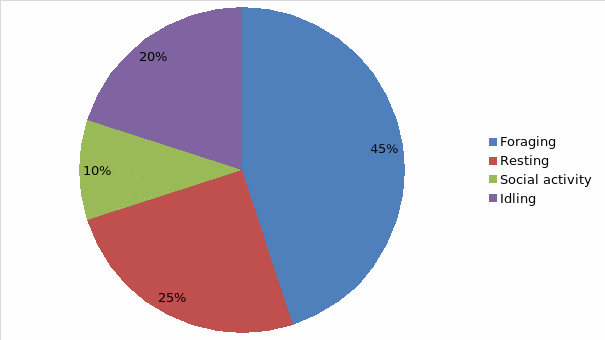Introduction
Over the past 50 years, zoos have experienced changes in their modes of operation. The major change is that zoos have shifted from being entities where people go to see wild animals from different parts of the world to conservation centers for endangered species. Most zoos have dedicated their resources to enhance the survival of specific species of animals, and they have reduced the number of other animals within the protection areas (Keulartz, 2015). Zoos have also been instrumental in educating members of the society about the need to protect the endangered species.
Keeping animals in zoos around the world
Conservation efforts are normally faced with economic challenges such as the lack of sufficient space to house the endangered species. Many zoos have also been facing the issue of limited capacity, which entails the lack of space to increase the number of given endangered species; thus, they have to maintain a low number of the animals (Keulartz, 2015). The lack of financial resources is also one of the major issues facing some zoos across the world. Adopting the endangered species requires the zoos to have sufficient funds to meet the needs of the animals and to maintain the facilities.
A species is first listed in the Environmental Protection Agency (EPA) before it can be listed as an endangered species. The species is listed as an endangered species when its numbers decrease significantly in its natural habitat (Buse, 2014). The endangered species face a high risk of extinction; hence, the human intervention must be applied to help in breeding the species to conserve it (Reeve, 2014). The authorities also look into the status of the habitat of the species to determine the availability of resources and the presence of other factors that might endanger the existence of the species.

During the 5 days observation of the rhinos, 45% of the time was spent foraging, 25% resting, 10% of social activity, and the animals stood idle for 20% of the time. This reveals that the normal day of a rhino is associated with a lot of time foraging and resting or staying idle. The animals have a rather slow social life.
After viewing the webcam, it is apparent that the rhinos are not as active as I thought. They are also not as aggressive against each other as I thought. It was quite interesting to see the rhinos live in harmony with each other, and lying down in groups in the afternoons (Rhino yard cam, 2016). Rhinos have a reputation of being highly aggressive, but the rhinos observed through the webcam seemed to be very calm throughout the week (Are rhinoceros dangerous?, 2016). This could be influenced by the fact that there are limited sources of threat to the rhinos in the facility.
Conclusion
Technology has a positive influence on people’s feelings toward wildlife and conservation because it provides a clear insight into the conditions of the parks and zoos as seen in the webcam view of the rhino park. Through technology, zoos and animal parks can positively influence the society to donate toward enhancing the capacity of the facilities in the quest of enhancing the conservation of diversity in wildlife (Kobilinsky, 2016). Technology has facilitated an easier and faster way of spreading information about the endangered species and mobilizing the members of the society to enhance their participation in efforts geared toward conserving the environment to safeguard the future of the endangered species.
References
Are rhinoceros dangerous? (2016). Web.
Buse, J. (2014). Different Perspective on the Endangered Species Act at 40: Responding to Damien M. Schiff, A. Environs: Envtl. L. & Pol’y J., 38, 145.
Keulartz, J. (2015). Captivity for conservation? Zoos at a crossroads. Web.
Kobilinsky, D. (2016). New live cam technology might help conservation. Web.
Reeve, R. (2014). Policing international trade in endangered species: the CITES treaty and compliance. London: Routledge.
Rhino yard cam. (2016). Web.